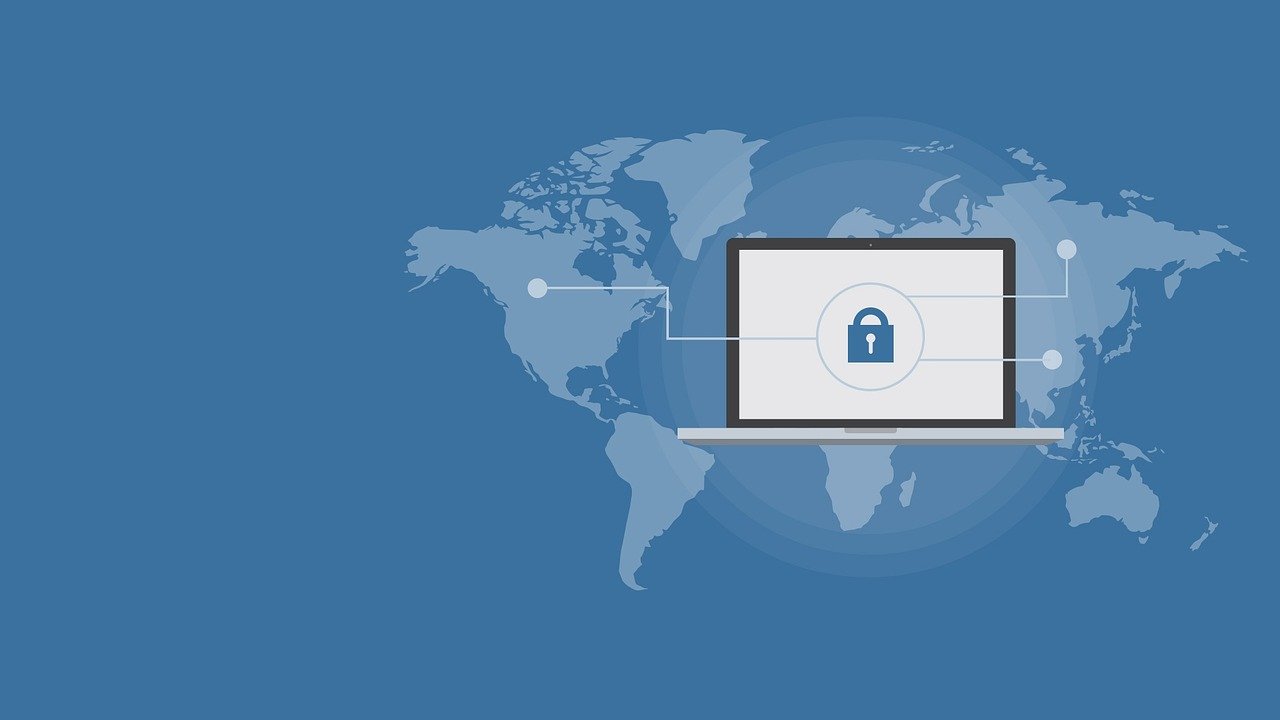
From phishing scams to ransomware attacks on schools, Canada’s digital ecosystem is under constant pressure. Now, in 2025, the Canadian government has rolled out an ambitious new cybersecurity strategy—one that not only aims to protect institutions but directly affects how individuals, businesses, and even allies like the UK engage in digital spaces.
The new national cybersecurity strategy comes after a turbulent few years. Canada saw major cyber incidents between 2021 and 2024—including attacks on healthcare systems, universities, and public transport infrastructure.
In response, Public Safety Canada, in coordination with the Department of National Defence and the CSE, crafted a whole-of-government plan focused on resilience, regulation, and readiness. And it’s not just policy—it’s personal.
The updated strategy is based on five core pillars:
“It’s not just about firewalls anymore. It’s about trust, awareness, and international coordination.”
Unlike previous strategies that focused heavily on government and enterprise systems, the 2025 rollout includes direct support for individual users and families. Key initiatives include:
Small and medium-sized businesses (SMEs), often under-protected but rich in sensitive data, are now getting targeted assistance. The federal government has launched subsidised cyber assessments and mandatory training for SMEs in regulated sectors like finance, logistics, and education.
One Toronto café owner described how a spoofed QR code attack during a busy weekend nearly cost them their payment systems. “Without insurance or backup, we’d have been done.”
Canada and the UK maintain close cybersecurity ties through the Five Eyes intelligence alliance. The new Canadian strategy includes specific goals for interoperability with UK systems, especially in:
The UK’s own 2022 Cyber Security Strategy shares many parallels—including emphasis on skills, critical systems, and global collaboration. In 2024, a UK-Canada Cyber Accord was signed, further aligning both countries’ defensive doctrines.
Recognising the rise of generative AI and quantum computing, Canada’s strategy places new focus on “future-facing” threats. The country is investing in post-quantum cryptography and testing LLMs (large language models) for bias and adversarial risk.
Toronto and Ottawa AI labs are working with international partners to model cyberattack simulations launched by or against autonomous agents—something only a few countries are actively exploring.
Despite billions in funding, the biggest challenge remains talent. Canada needs an estimated 30,000 new cybersecurity professionals by 2027. To address this, the government is:
In contrast, the UK faces similar shortages, with as many as 16,000 vacancies in the cyber sector. Joint training exchanges may help bridge the gap for both nations.
The 2025 Canadian cybersecurity strategy will be evaluated annually, with the first performance report due in December. Public engagement remains key, as authorities seek to embed digital resilience not just in systems—but in culture.
In an era where a single click can compromise a nation, strategies like Canada's serve as blueprints for resilience. Whether you're a parent, a CEO, or a public servant—cybersecurity in 2025 isn’t optional. It’s fundamental.